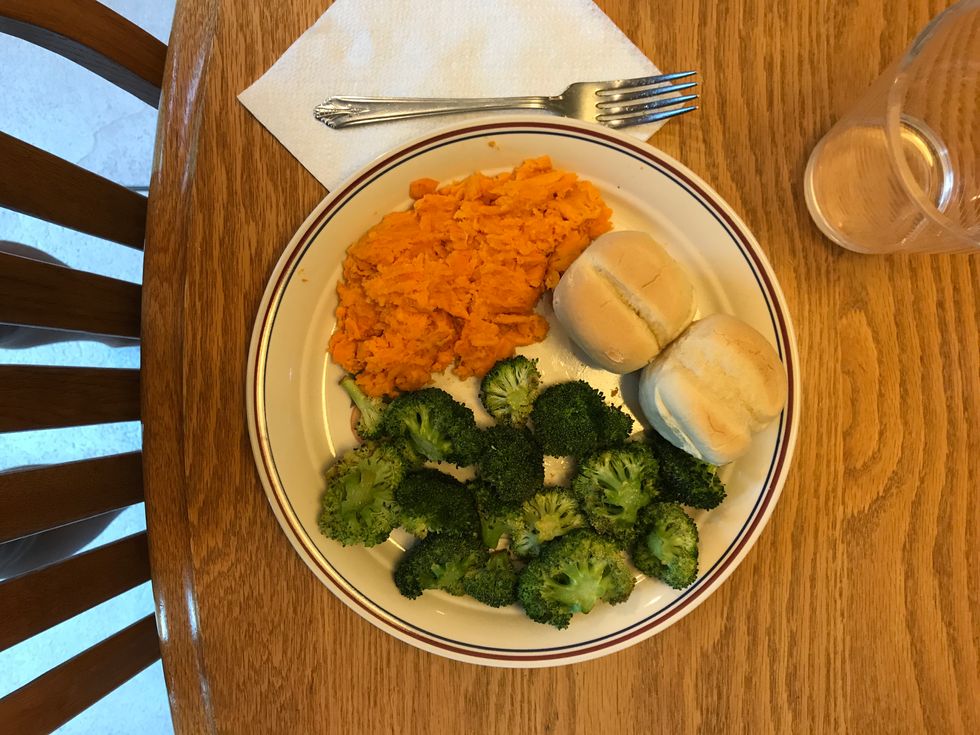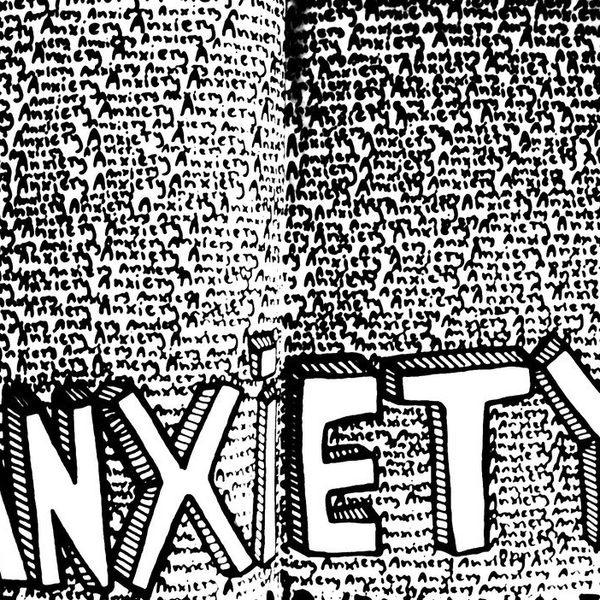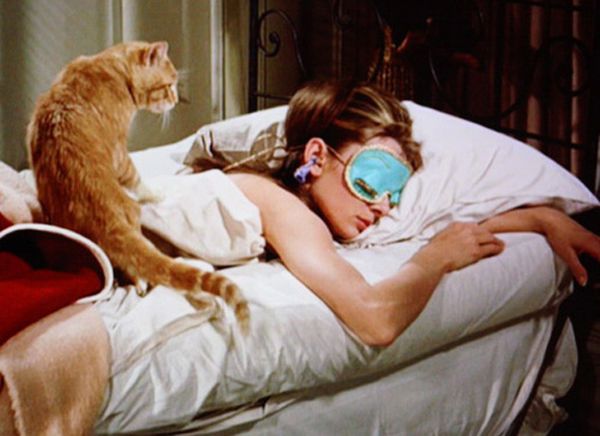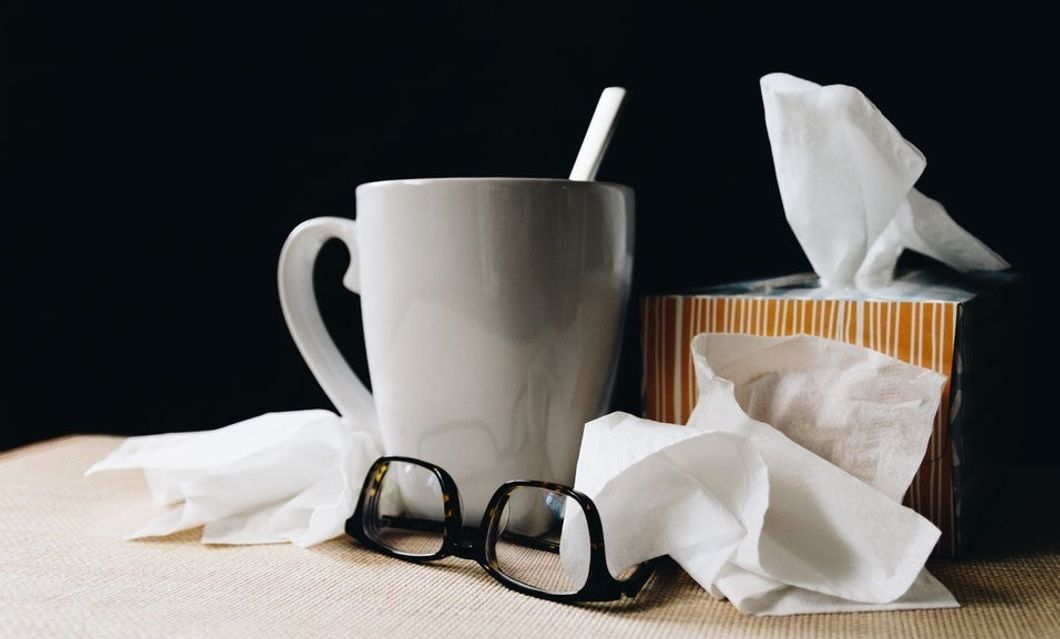I'm a part of the Gamma Phi Circus at Illinois State, and as with any other sport or performing art, there's quite a big health culture among my team members. As someone who is in college to study food, it is both fun and frustrating to listen to everyone's conversations about this "do" and that "don't" when it comes to eating. I feel so strongly and so passionately about many different aspects of food (nutrition, environmental health, and eating disorders-- oh my), so I of course always end up throwing in my two cents. What I've noticed is that most of the time, people are just plain confused and driven by anxiety over how to eat "right".
Eating is hard in this day and age. Trust me, I feel ya. So in this next series of articles, I hope to help make eating a little easier by debunking a few myths and spreading a couple simple truths. Let's begin with the dreaded carb, shall we? Whether you've sworn off carbs because you're trying to lose weight, bulk up, or just stay healthy, here's what you really need to understand:
1. Carbs don't deserve their bad rap.
Thanks to Atkins, a low carb diet developed in the 1960s, and other diet fads, carbs have been pushed to the "don't" food list for the last two generations of eaters. But the truth about diets like these is that if they work, it is not because cutting carbs is a weight loss secret. Rather, it's because on these diets you are cutting calories, and a caloric deficit is necessary for losing weight. On the Atkins diet, in particular, success stories boast of losing seven, 10, 14 pounds in a week. This is because if you are not eating new carbs, the old ones stored in your liver and muscles break down and the water packed within them is released and excreted through urine. Thus, the immediate success of Atkins and any diet plan is due to water weight. However, after a couple weeks results most likely stagnate, and dieters most likely gain the weight back. You could continue to cut out carbs, steady in your belief that they are to blame for all of your health and weight woes. Or you could listen to science which tells us that the key to staying healthy or controlling calories (and therefore weight) is portion size. It's about how much you eat more than it is about what you eat, so cutting out carbs or any particular food group is not going to help you. Remember: your body needs the nutrients from every food group!
2. Food labels are meant to be complicated.
How come sometimes the nutrition facts label on a candy bar is comparable to that of a smoothie? Well, we shove a lot of things into this one tiny category called "carb." You've probably heard of complex and simple carbohydrates, debate over whether to buy whole wheat or white bread, and you may have wondered how your apple can have the same amount of carbs as a bowl of pasta. On the outside, carbs appear very complicated, and that's by no mistake. When the FDA developed its nutritional guidelines, it lumped together a few food categories that you and I would probably separate, which was a political decision backed by industry lobbying, no doubt (i.e., companies have a hard time selling heavily processed foods if they can't mystify its contents or convince you that it's not so unhealthy after all). For more on this, check out this book!
3. There are a lot of different types of carbs.
The result of all this food labeling politics? When you read for carbs on your nutrition facts label, you are actually looking at five different types of carbs lumped together:
1. Refined grains. These are not so good unless they are mixed with other more nutritious foods. Translation: you probably shouldn't just eat bagels, cereal, and crescent rolls all day, but not because those foods are inherently "bad". If you like to have a crescent roll with your veggies at dinner (like me) or if you put some fruit in your cereal, you shouldn't worry at all about your grains. This is because refined grains are whole grains stripped of their nutrients, so if you're going to be eating them then you have to just make sure to get your nutrients elsewhere (like in the fruit on your cereal).
2. Whole grains. These are very good for you, and it's recommended that whole grains account for at least half the grains in your diet. (Notice: I said half the grains, NOT half the carbs. That means if you eat some toast for breakfast and a sandwich for lunch, you might want to have one or the other on whole wheat bread instead of white. It does NOT mean that you should limit the rest of your fruit, fiber, and other carb intake throughout the day).
3. Added sugars. These are not so good because they add calories to your diet without adding any nutrients. Most commonly found in sources like soft drinks, candies, and packaged snacks, these sorts of sugars should be seen as occasional treats. They are not to be included as regular parts of a nutritious diet, but they don't need to be vilified and "banned" from a healthy diet, either.
4. Natural sugars. These are not so bad at all because they come in foods that contain high amounts of many other nutrients. The nutrients is what's important here, and you don't need to worry at all about natural sugars (labeled as carbs) that come from sources like fruits.
5. Fiber. Fiber is extremely good for you! It is found in food plants and plant derived products, and it should never be avoided because it falls under the dreaded carb category on a food label.
When you're out shopping and obsessively reading labels, remember that the "carbs" category encompasses all five of these nutrients. Instead of ditching a food for having "too high" a number on the nutrition facts, ignore the label and look at the food itself. Is it a fruit, veggie, or whole grain product? Please buy it. Is it a packaged or heavily processed food? Here's where you should take a second to read the nutrition facts label. The best indication of a food's health content is not its number of carbs, but rather the length of its ingredient list. The longer the list, the further the product has been removed from its natural state, and the more added sugars it probably contains. These are foods to be eaten as treats.
4. Carbs are not the enemy.
Please understand this: no food is the enemy. Carbs are found in many, many varieties of foods, and they are a necessary part of a healthy diet. What truly matters is what types of foods you are eating, and how much of them, not how many carbs you take in. When evaluating the carbs in your diet, recognize that variety is key. Eat no fruit, and you'll be depriving your body of necessary nutrients and phytochemicals. Eat only fruit, and, besides destroying your pancreas, you'll deprive your body of the necessary nutrients found in other food groups.
5. All foods fit in a healthy diet.
Studies have repeatedly shown us that it is what you generally eat every day over the course of your entire life that affects your health (not the one super food turmeric latte you had last week or the ice-cream binge on your last birthday). Once again, eating extra cookies around the holiday season or utilizing soda for its caffeine during a hard work week will not destroy your health. If it even affects your health at all, it will be marginal. Your overall eating habits are what matter most, and those habits should be guided by an "all foods fit" mentality.
So yes, carbs do fit into a healthy diet. They're actually really important. You need grains, sugars, and fiber! It's not up for discussion or debate. And one more thing: you don't have to only eat the "good" kinds of carbs (although you should focus on them, of course), so cut yourself some slack. There is no need to be scared of carbs of any sort, especially if you're following a generally healthy diet (that is, one characterized by a variety of foods and reasonable portions). My final pro-carb message to you is this: stop shying away from apples, and stop freaking out when you want to have a god damn brownie. As my food studies idol, Michael Pollan, famously says, "eat food, not too much, mostly plants."



















